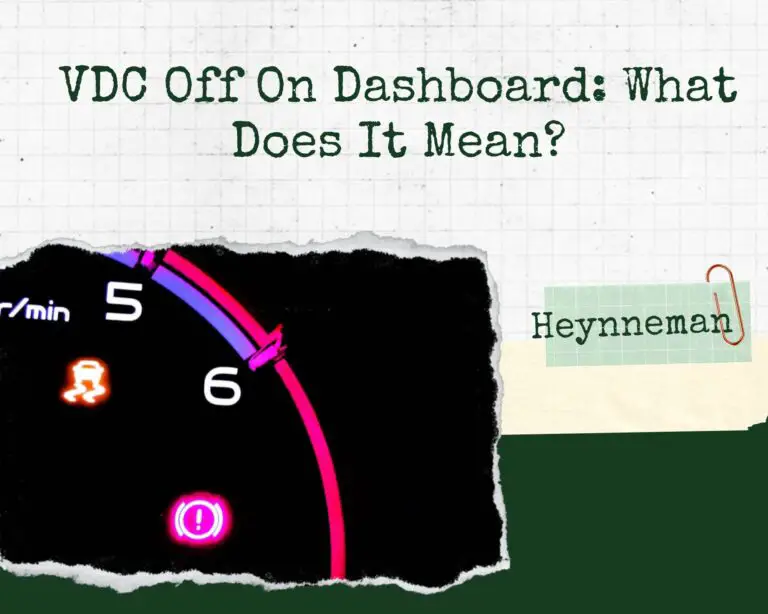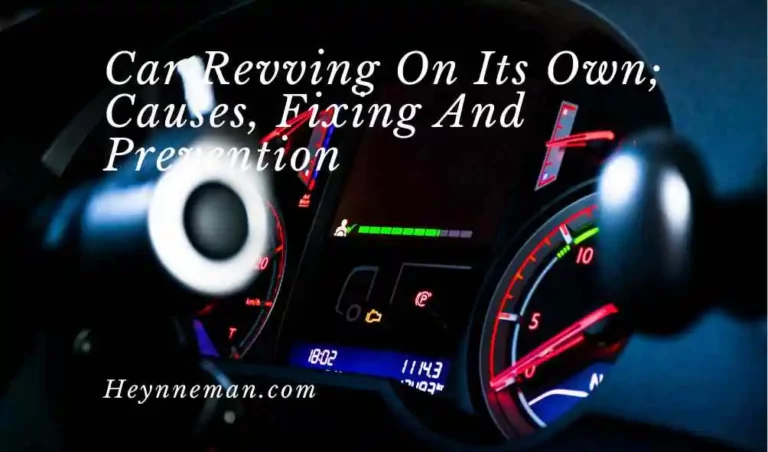O/D Off; How Does It Effects Driving?
Overdrive is referred to as OD. It displays how well your car operates at a constant speed while using a few RPMs (revolutions per minute). This results in improved fuel economy and less noise and wears on your car’s suspension system.
Why does O/D be important when driving?
Overdrive, though, can mean a number of things. Some individuals think of overdrive as a separate component located at the rear of a vehicle’s gearbox. Among all of these interpretations, you can define OD off in a car as a special gear designed to lessen engine stress.
A typical internal combustion engine (ICE) only produces power over a limited rev range (2000 to 6000 rpm), and there are two ways to use the gears. The most typical method is to match the load’s power to the engine’s power.
Lower gears may be required when accelerating quickly, pulling away from a stop, or climbing steep hills because these actions require more power. Utilizing a high gear, which lowers the engine rpm, can help you conserve fuel on highways and long, gentle descents where you don’t need much power.
So O/D is very important in this case because it locks the gear system from changing the gears to the top ones like the 4th and the 5th gear in hills or rough roads.
What does O/D off mean?
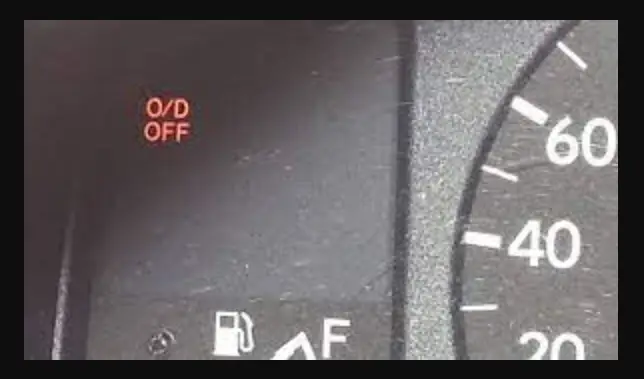
The O/D off button has been added by some automakers so that the driver can lock out the 4th gear and maintain the transmission in the 3rd. Even on relatively flat ground, this can help with acceleration when pulling a trailer or carrying heavy loads.
The O/D off button may lock out more than just the top gear in later automatic transmissions with five or more speeds because they may have multiple overdrive gear ratios.
O/D OFF denotes that your automatic transmission’s overdrive has been turned off, keeping the transmission in a lower gear to help with downshifting or upshifting and accelerating. Additionally, it might be applied to improve certain vehicles’ performance.
You should leave the overdrive on for all of your “normal” driving needs unless you fully comprehend the benefit of disabling it. The light must be turned off.
Should O/D Be On Or Off?
For better performance, automotive experts frequently recommend leaving the overdrive function switch on. But due to their ignorance of what overdrive does, a lot of people are afraid of it turning on.
For those of you who don’t know, the overdrive feature is turned on by default in automatic vehicles.
However, if your car has a manual transmission, you can easily drive with overdrive engagement.
With overdrive, the car’s computer determines the best speed and rpm for the vehicle, which reduces fuel consumption, noise production, and other factors. So don’t be afraid to use the overdrive setting on your car.
The notion that using overdrive will damage your engine is untrue. Engine damage is not a result of overdrive.
How to use O/D Off effectively?
Driving without overdrive is not bad, and it has no negative effects on the transmission. At high speeds, however, you will experience worse fuel economy and more noise. There isn’t really any justification for leaving it off unless you have a steep hill to climb or descend. At any speed or time, overdrive can be activated or deactivated.
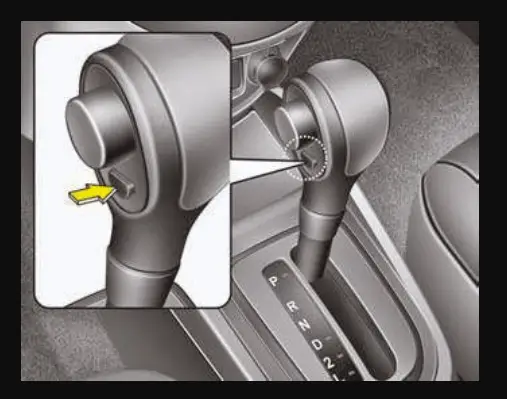
01. Utilize O/D when accelerating
The use of OD would be beneficial when moving at speeds greater than 50 mph. The RPM rises and the engine begins to use more traction when you exceed 60 mph in newer cars and 50 mph in older cars. When the OD Off feature is activated, the engine’s RPM and pressure are reduced.
02. When travelling downhill, use O/D.
You must continuously apply the brakes when travelling downhill. The brake system is extremely labour-intensive and demands high efficiency. Additionally, even when driving in a residential area, you put pressure on the brake system. If you use the O/D in these circumstances, you can maintain the RPM above idle without stressing the brakes or the engine.
When Should I Avoid OD Gear?
You can utilize the transmission to its full potential by using the OD gear properly. Additionally, this improves fuel economy and prolongs transmission life.
However, there are some circumstances in which you should avoid using OD because it could seriously harm you.
This applies when travelling at a speed of under 50 mph, ascending a hill, or towing a trailer. The transmission will quickly burn out if you use OD in these circumstances, and replacing or repairing it will be very expensive.
How To Reset Mass Air Flow Sensor?
Heynneman
Is Driving With Overdrive Off Safe?
When Overdrive is disabled, you can drive safely. When moving through rough mountainous terrain, this function will be useful. For safety, move slowly and make use of the available traction.
However, using Overdrive Off while driving on a highway might not be a good idea. In order to move forward more quickly, you must use high speed; it is preferable to activate the o/d function.
Additionally, smooth terrain makes for faster driving, and using Overdrive On lowers engine noise. The car is smoother and quieter than some cars when moving at high speed.
Overdrive Off, however, won’t be appropriate for highway driving. You need a high speed, so you should turn on O/D to help you avoid wasting fuel.
Engine noise is reduced, and driving is faster and smoother when Overdrive is engaged. In contrast, Overdrive’s average speed when in Off mode will use more fuel.
If you always keep your speed at an average level, you can travel with Overdrive Off in complete safety. But it won’t make for a pleasant driving experience, and it might even use up more fuel.
How To Use Overdrive (Switch)?
You should carefully consider when you might use Overdrive before enabling or disabling it. For instance, when you are driving quickly, and your engine is working overtime at high revs.
However, it would be beneficial if you avoided using this feature when driving on the street or at speeds lower than 50. The majority of the time, you will need to abruptly slow down from 4 to 3 in order to pass a car.
By default, this switch will be left on until you turn it off. As a result, it aids in maintaining a reasonable speed on both normal and high-speed roads.
Does overdrive use less fuel?
The car’s engine speed decreases when overdrive gearing is engaged, reducing wear and typically saving fuel. Since 1981, nearly all domestic vehicles have had overdrive as a fuel-saving feature thanks to U.S. corporate average fuel economy (CAFE) legislation.
The correct speed to run in overdrive should be found in the owner’s manual of vehicle. All engines have a range of peak efficiency, and using overdrive at the wrong speeds can cause the engine to operate outside of this range for all or part of the time, negating any fuel savings from the lower engine speed.
Conclusion.
When there is a heavier load, the automatic transmission automatically switches from OD to direct drive. It shifts back to OD when there is less load.
The transmission may “hunt” between OD and the next highest gear in certain situations, such as when towing a trailer or driving uphill. In this situation, turning it off can assist the transmission in making a decision.
It might also be advantageous to turn it off if you want the engine to brake, such as when you’re going downhill. For each specific vehicle, the owner’s manual will frequently include details and recommended actions regarding such circumstances.
Should I turn overdrive off in snow?
To maintain traction, especially on hills, use low gears. On icy roads, avoid using cruise control or overdrive. Bridges, overpasses, and rarely used roads should receive special attention because they will freeze first.
Use the second gear rather than the first to lessen the likelihood of the wheels slipping. Maintain a larger braking distance between your car and the car in front of you, especially when driving in wet, icy, or snowy conditions; leave up to ten times the typical advised gap.

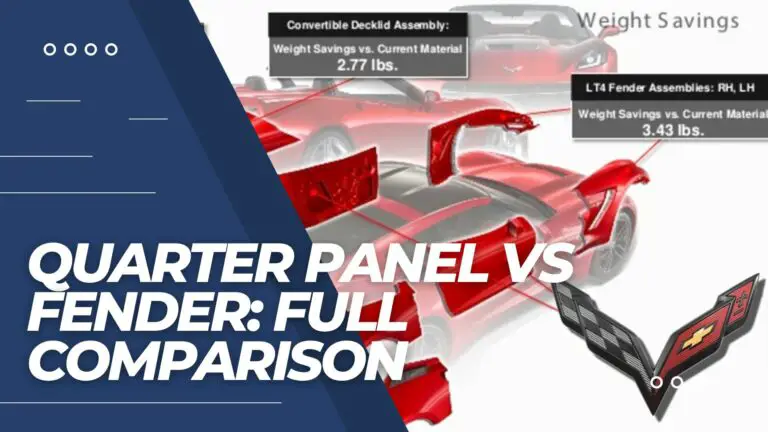
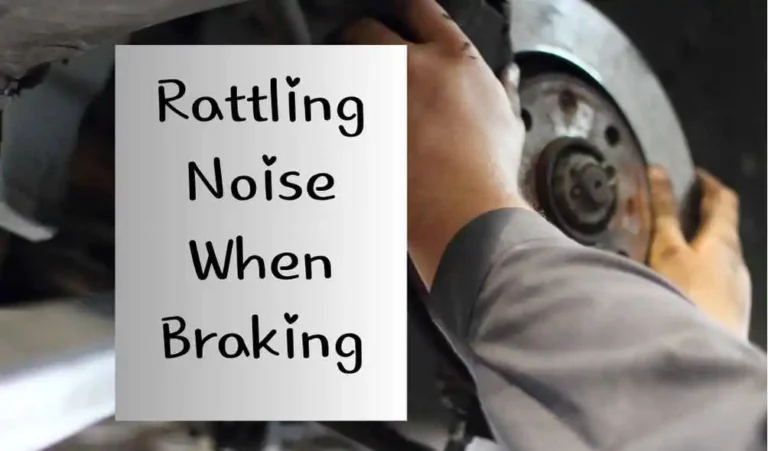
![How to Reset Tire Pressure Light – TPMS [Explained]](https://heynneman.com/wp-content/uploads/2023/09/How-to-Reset-Tire-Pressure-Light--768x461.jpg)

